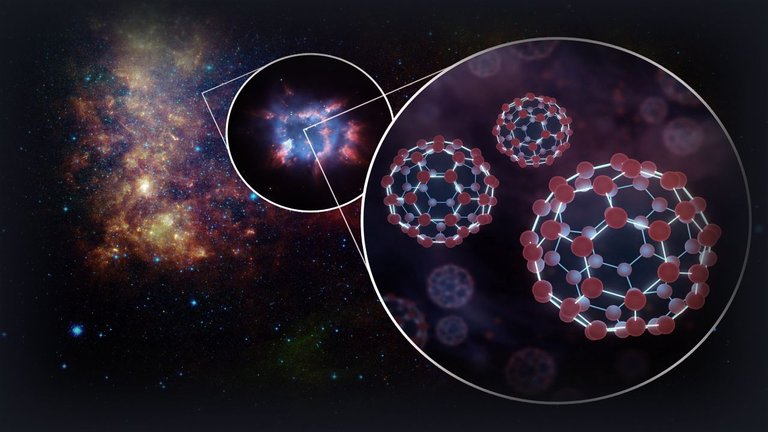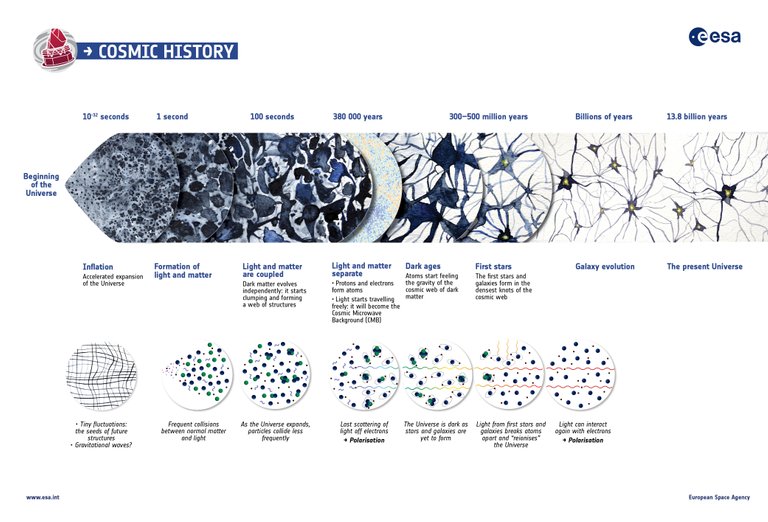
Understanding the origin of life is undoubtedly one of the greatest challenges for humanity. This challenge has inevitably moved this puzzle beyond our planet. Is there life on other planets? Life on Earth is a lucky accident or is life as natural as the universal laws of physics governing matter?
Jeremy England, a biophysicist at the Massachusetts Institute of Technology (MIT), is trying to answer these questions. In 2013, England formulated a hypothesis that physics can spontaneously trigger chemicals to organize in ways that they have “similar living organisms” qualities.
Now, a new research by England suggests that physics can naturally produce chemical reactions of self-replication, one of the first steps toward creating life from non-living substances.
So it could be interpreted that life is due to the fundamental laws of nature, thus eliminating the luck of the equation.
Although biology and physics share the common principles of scientific reasoning, the two domains evaluate the world in different terms. Biology presupposes the existence of life and studying living organisms.
Unlike biology, physics addresses matter, whether it is alive or not, and aims to identify predictive mathematical relationships between measured quantities such as distance, time, or mass.

The most common way to combine these perspectives is to look for an explanation in physical terms about how a particular part of an organism works. From protein folding to electrical activity of neurons, everything is based on the laws of physics.
From a physical point of view, there is an essential difference between living things and inanimate carbon groups: first they tend to be more effective in capturing energy from their environment and dissipate that energy as heat.
Life must come from something; there was always life.life is born of raw and lifeless chemical components that have been organized into prebiotic compounds, thus creating the “bricks” of life, which have formed microbes and later evolved into a spectacular series of creatures that exist today on Earth.
“Abiogenesis” is the term used to describe the transformation of something nonbiological into something biological, and England believes that a certain chapter of physics, thermodynamics, provides the framework for this transformation.
I could not claim to have investigated the origins of life, but rather to demonstrate a principle, trying to answer the question of the physical conditions necessary for the emergence of organizational and behavior-related behaviors in certain chemicals, said Jeremy England.
Origin |Self-organization in physical systems
When energy is applied to a system, the laws of physics dictate how this energy dissipates. If an external heat source is applied to the system, it will achieve a thermal balance with the environment, as you would cool a cup of hot coffee left on the desk.
The entropy or amount of hazard in the system will increase as heat dissipates.but some physical systems may be sufficiently unbalanced and use an external source of energy, triggering exciting self-sustaining chemical reactions that prevent the system from achieving a thermodynamic equilibrium.
It’s like this cup of coffee spontaneously produces a chemical reaction that prevents it from cooling and reaching a state of equilibrium. England called this situation a “dissipation-based adaptation.”
A key attribute of life is self-replication or, biologically, reproduction. This is the basis for everything that is alive: it begins simple, replicates, becomes more complex, and the cycle continues.
 England says that “self-replication is also a very effective way to dissipate heat and increase entropy in that system.”
England says that “self-replication is also a very effective way to dissipate heat and increase entropy in that system.”
In a study published on July 18 in the Journal of Proceedings of the National Academy of Sciences, England and co-author Jordan Horowitz, tested their hypothesis. They performed computer simulations on a closed system (a system that does not change heat or matter with the outside environment) containing a “soup” of 25 chemicals.although their configuration is very simple, a similar type of soup could have been on Earth 4 billion years ago. If for example, these chemicals are concentrated and heated by an external source – for example, a hydrothermal inlet – the chemical elements will have the need to dissipate heat in accordance with the second law of thermodynamics. The heat dissipates and the entropy of the system will inevitably increase.
Under certain ideal conditions, England has found that these chemicals can optimize the energy applied to the system through self-organization and intense self-replication reactions. The chemical elements have been naturally tuned.
This is a very simple model of what is happening in biology: chemical energy is burned into cells that are by their nature out of balance, leading the metabolic processes that keep life. But, as England recognizes, there is a big difference between finding the qualities of life in a virtual chemical soup and life itself.
Imari Walker, a physicist and astrobiologist at Arizona State University, says that “there is a two-way bridge to be crossed in both directions; one is to understand how you have achieved the characteristics of life in simple physical systems and the other is how to understand how physics can give birth to life. ”
Origin | Life beyond Earth
Before we even begin to answer the great question of whether these physical systems could influence the appearance of life elsewhere in the universe, it would be better to understand where these systems are first on Earth.
When we say “life”, we think of something impressive like a bacterium or any other form of life that has the enzyme polymerase and DNA. The polymerases create DNA molecules by assembling the nucleotides.
These enzymes are essential in the DNA replication process and usually work in pairs to create two identical DNA strands of a single DNA molecule. At each division of a cell, the DNA polymerase enzyme doubles the DNA of the cell. In this way, information is passed from generation to generation.
“Also, this thermodynamic test on a closed system does not take into account the role of information reproduction in the origin of life”, says Michael Lassig, a statistician physicist and biologist at the University of Koln. The study by Jeremy England does not specifically identify how life can come from non-life, but just shows that in some complex chemical situations there is a surprising organization.
“These simulations do not take into account other life-like properties such as adaptation to the environment or reaction to stimuli. Also, this thermodynamic test on a closed system does not take into account the role of information reproduction in the origin of life”, says Michael Lassig, a statistician physicist and biologist at the University of Koln.
For more insights about the topic, watch the following video:
References:
https://www.matrixdisclosure.com/origin-life-accident-physical/
@minnowpondred has voted on behalf of @minnowpond.
If you would like to recieve upvotes from minnowponds team on all your posts, simply FOLLOW @minnowpond.
To receive an upvote send 0.25 SBD to @minnowpond with your posts url as the memo To receive an reSteem send 0.75 SBD to @minnowpond with your posts url as the memo To receive an upvote and a reSteem send 1.00SBD to @minnowpond with your posts url as the memo